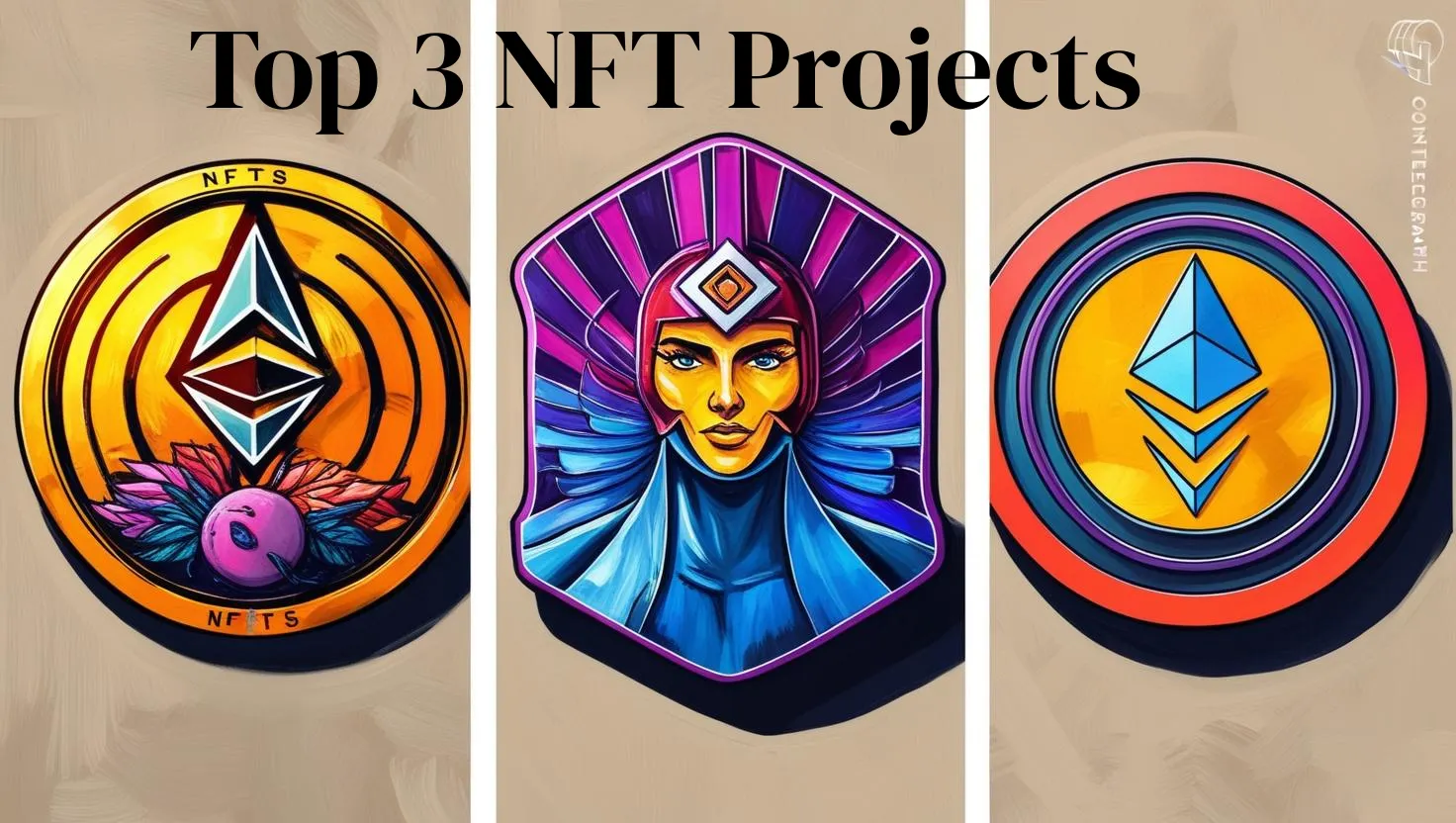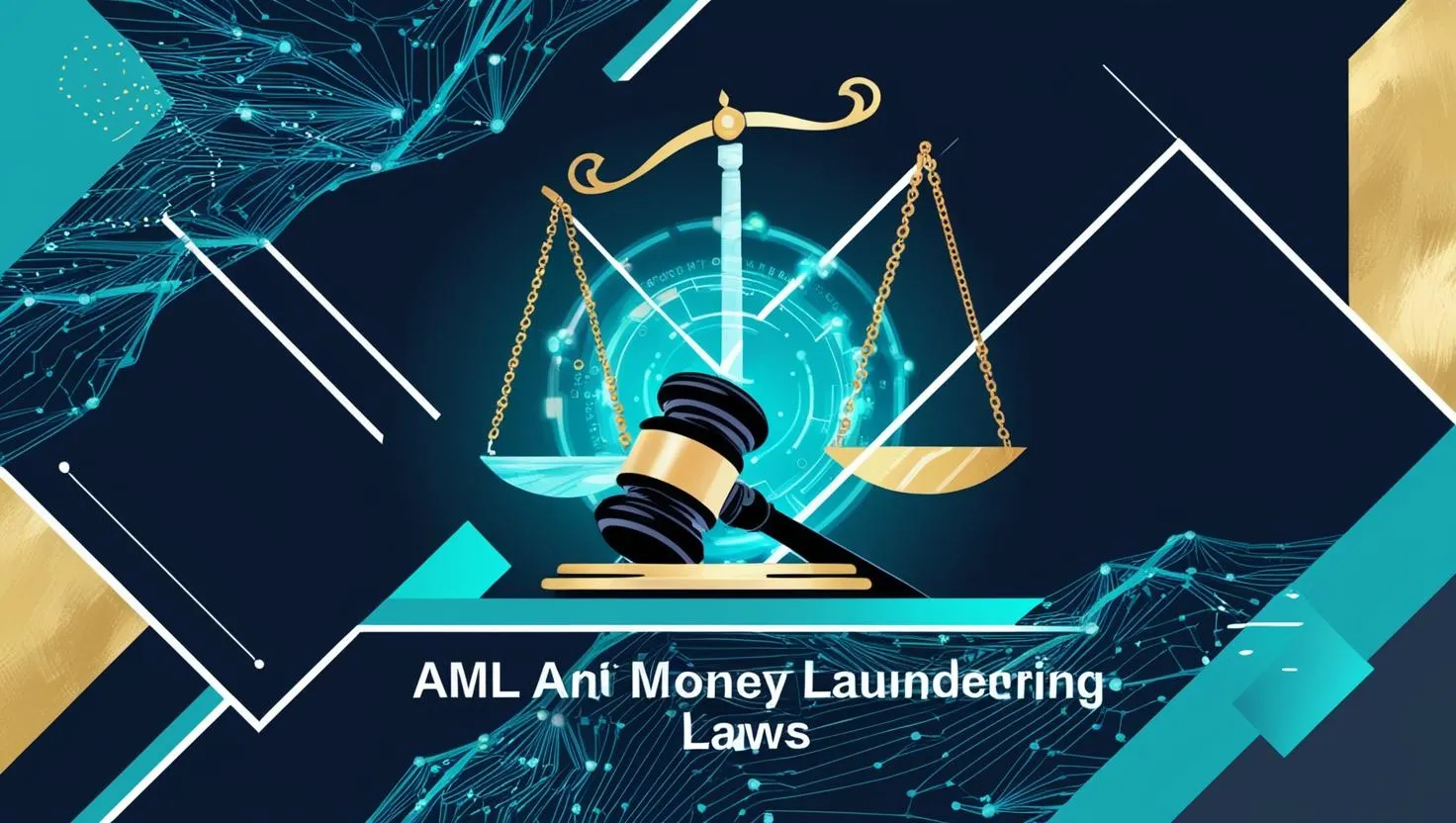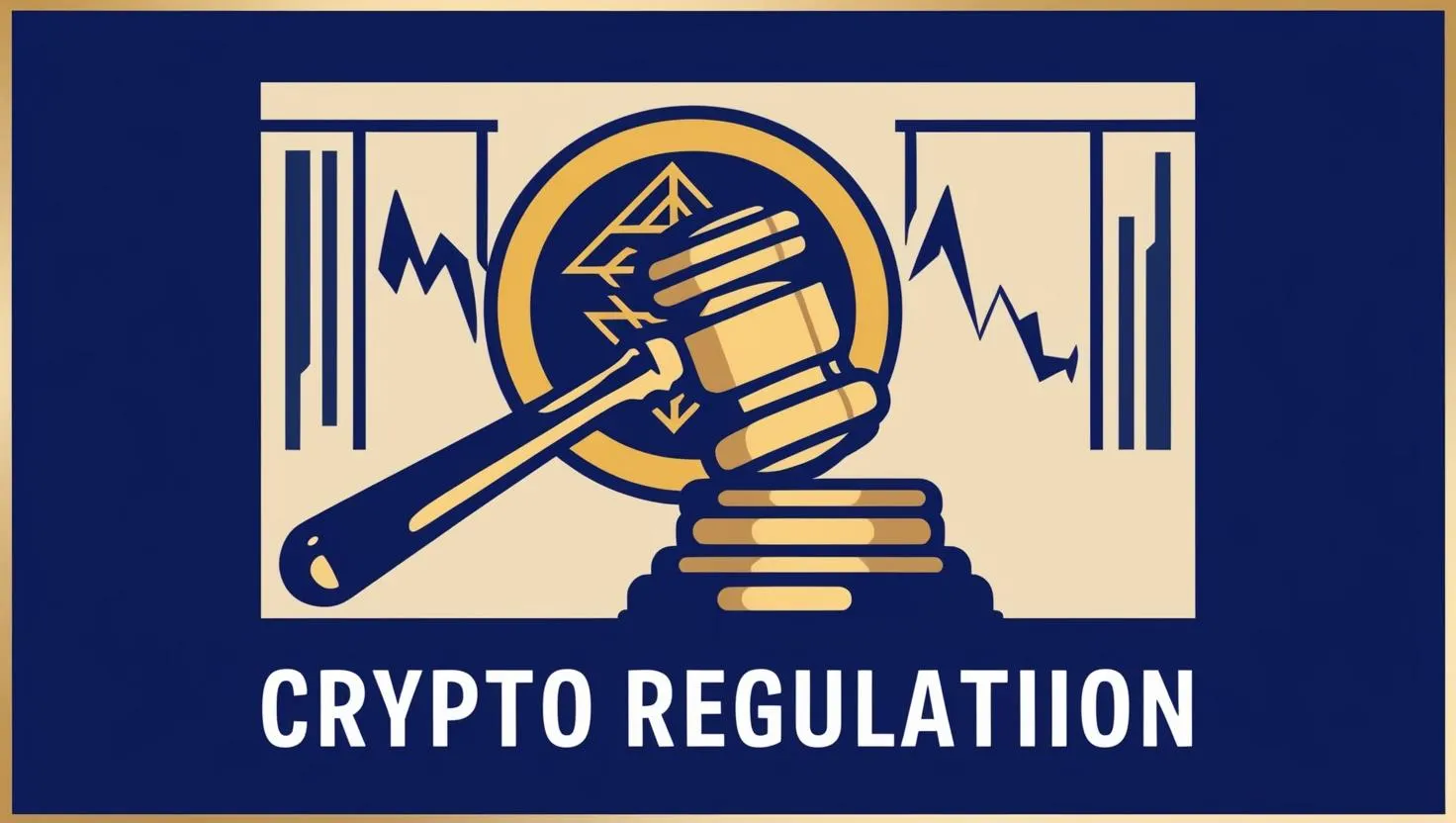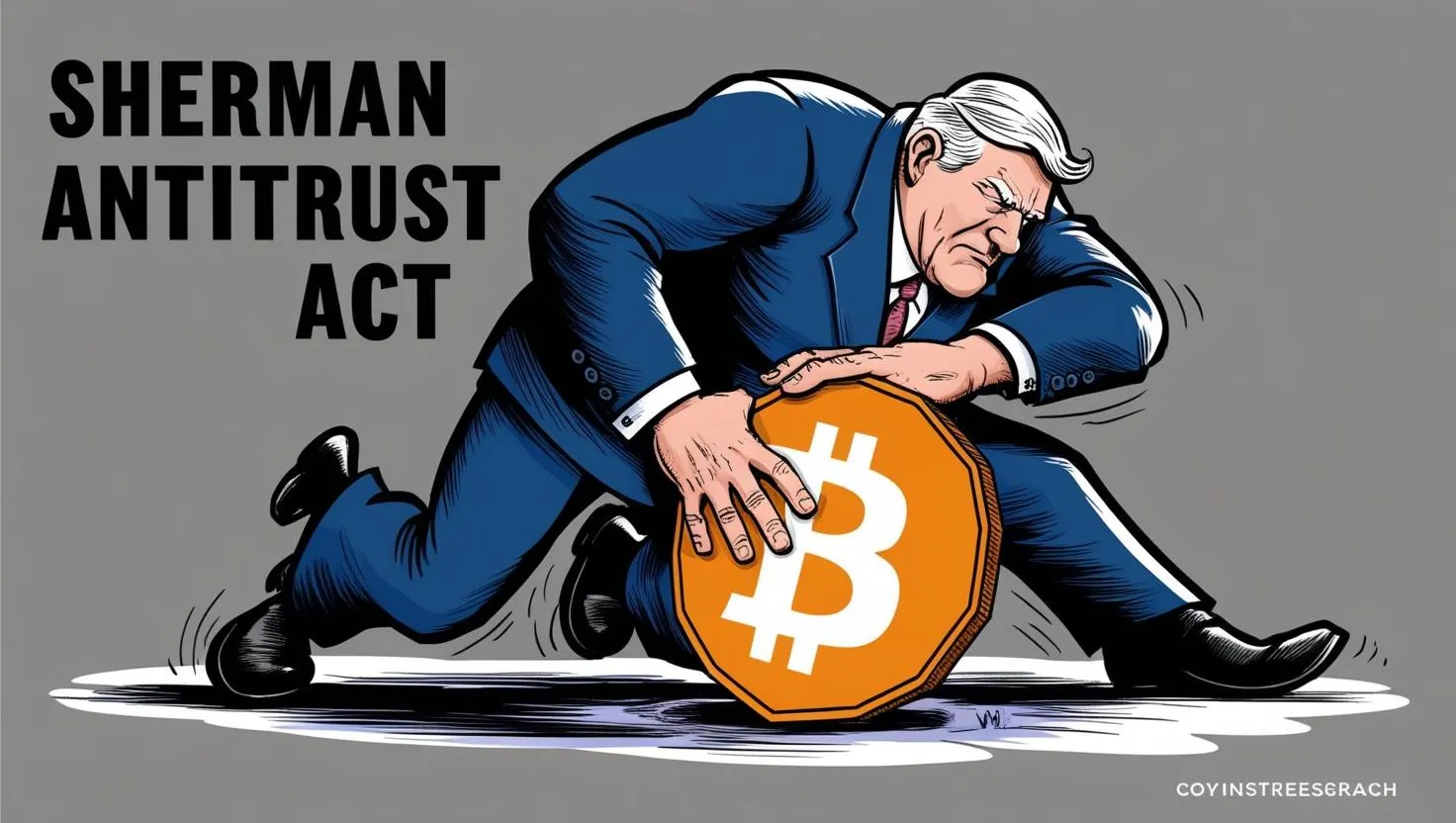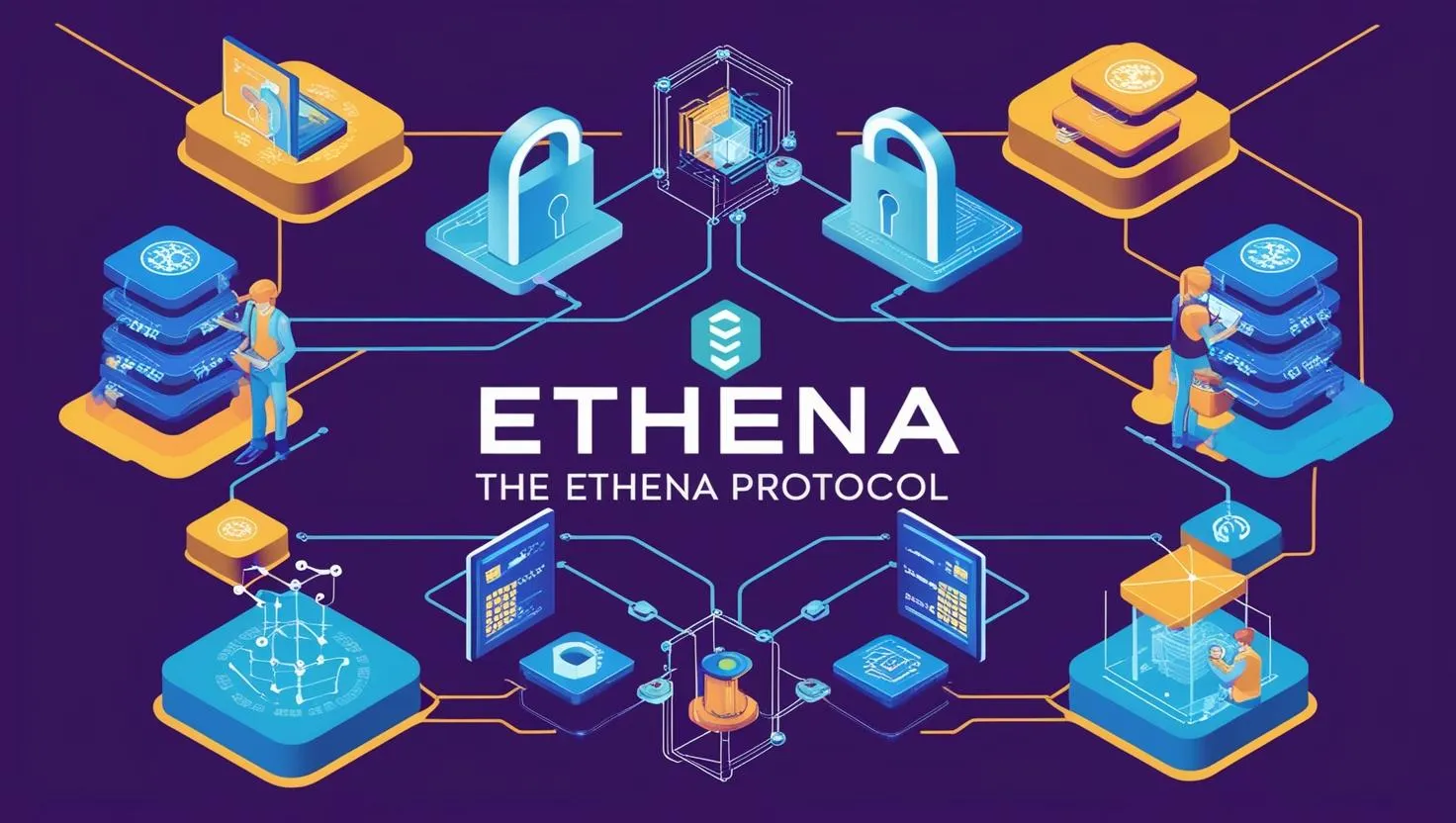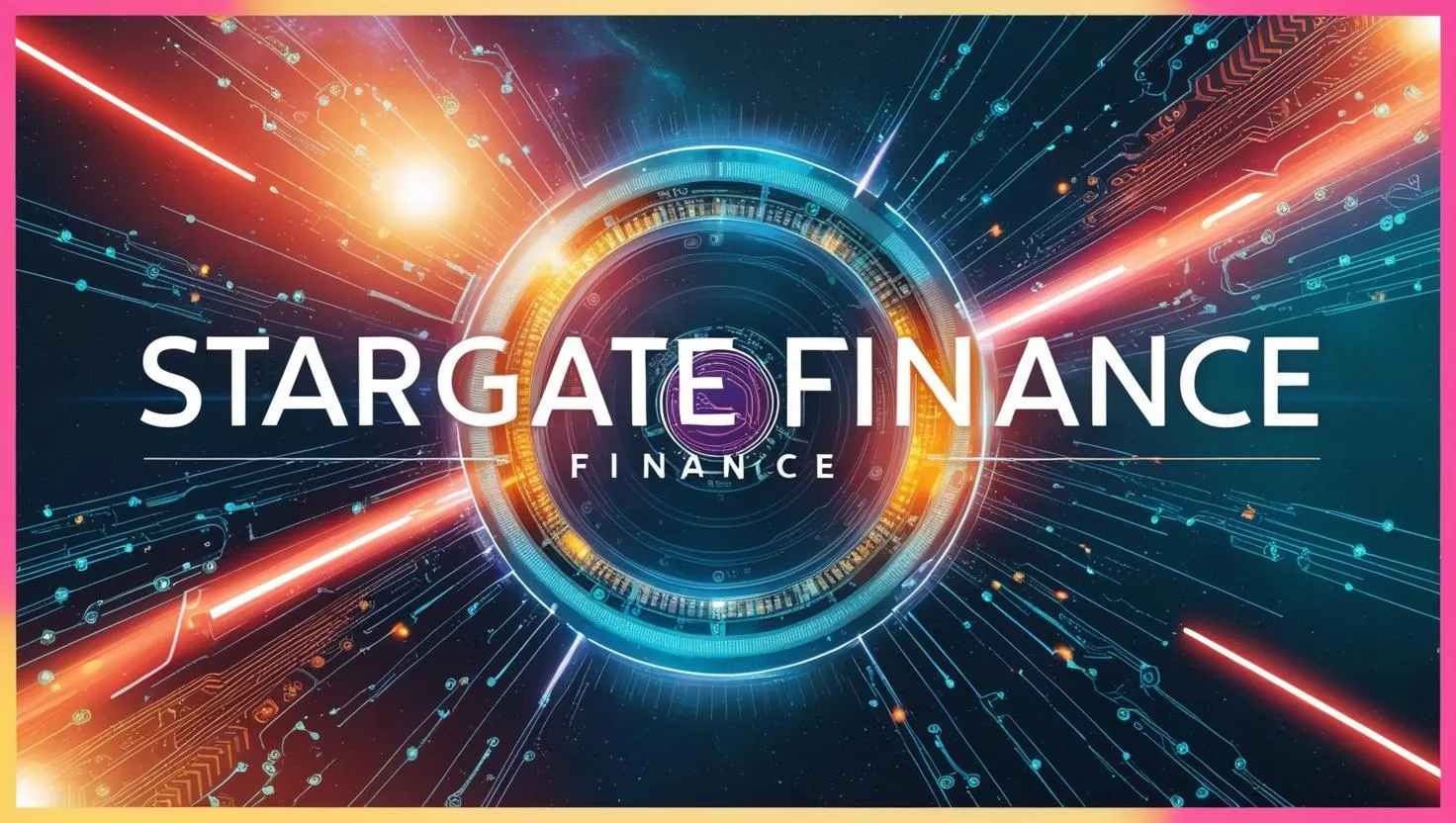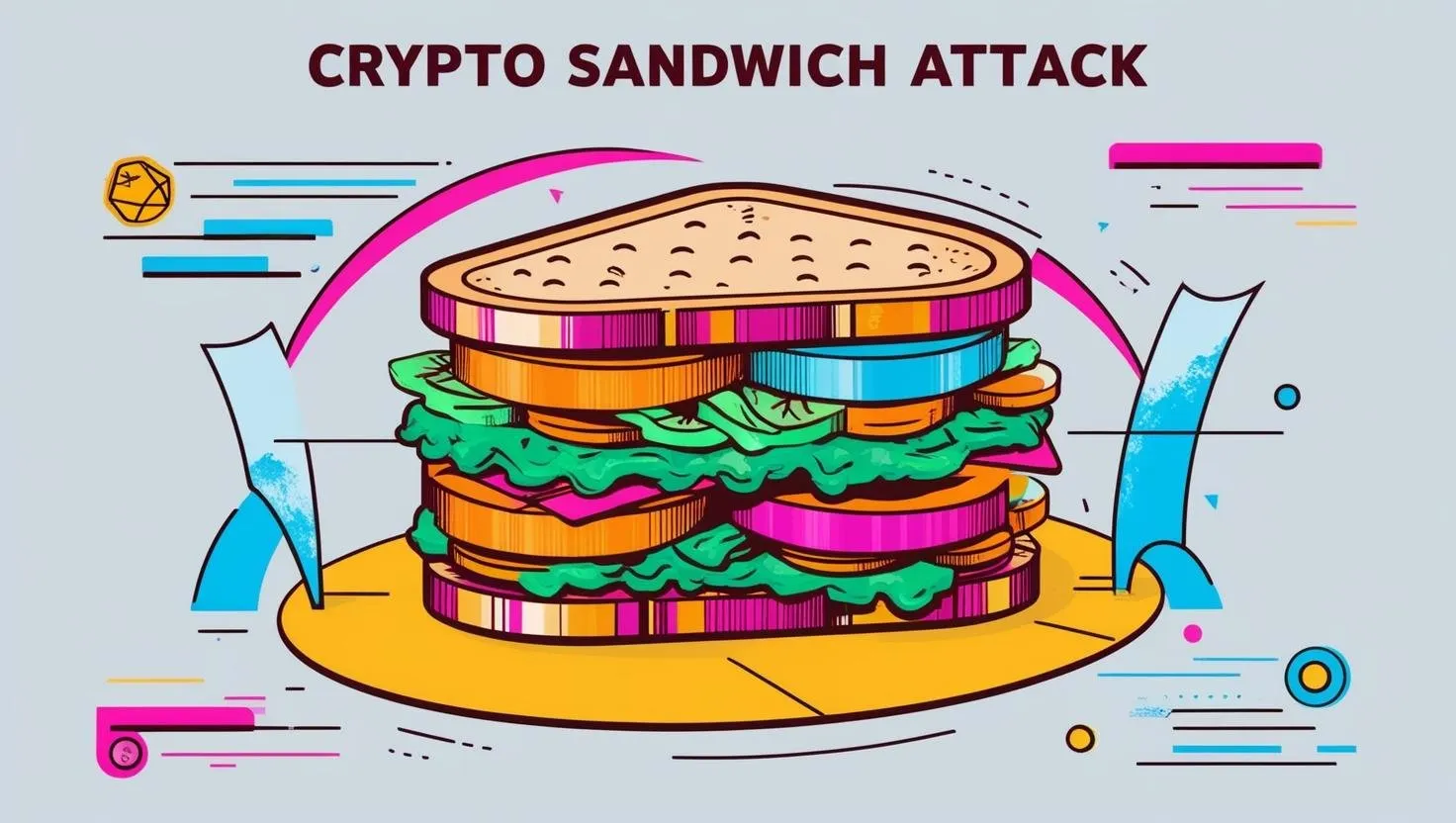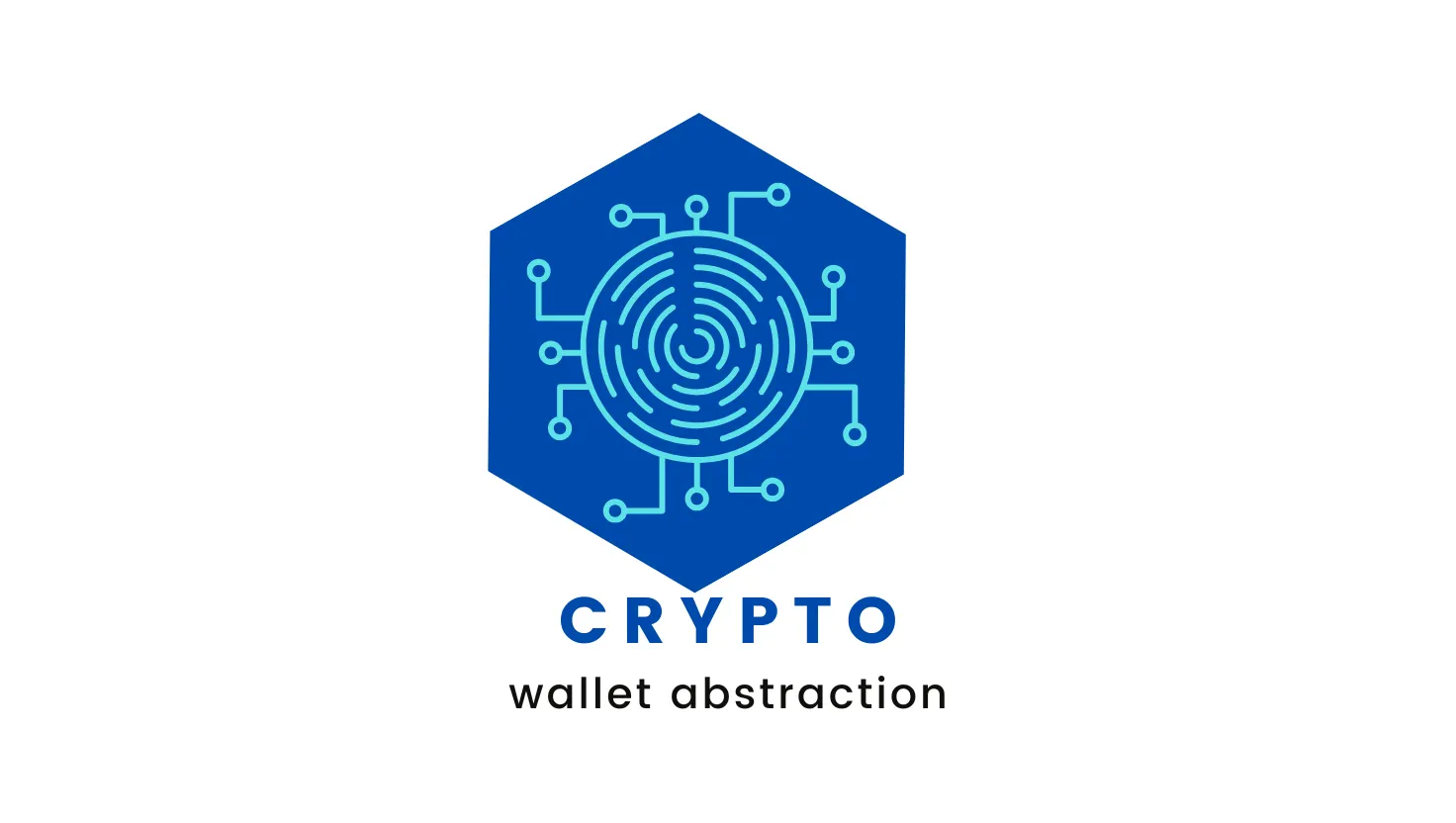How Stablecoin's Could Violate the Sherman Act: Top Antitrust Risks
The argument that stablecoins violate the Sherman Antitrust Act hinges on their potential to restrain trade or create monopolistic conditions in the financial system. The Sherman Act, enacted in 1890, prohibits activities that restrict interstate commerce or competition, specifically targeting monopolies and conspiracies in restraint of trade (Sections 1 and 2).
Here's an analysis of how stablecoins could be seen as violating the Act, though this is a debated and unproven claim:
- Section 1: Contracts, Combinations, or Conspiracies in Restraint of Trade
- Argument: Stablecoin issuers, particularly large ones like Tether (USDT) or Circle (USDC), could be accused of colluding with exchanges, wallet providers, or other financial entities to prioritize their stablecoins over competitors or traditional currencies. For example, if issuers coordinate to limit interoperability with rival stablecoins or impose exclusivity agreements on platforms, this could restrict competition in the digital currency market.
- Evidence Concerns: Critics argue that stablecoin dominance (e.g., USDT’s significant market share) might stem from anti-competitive practices, like preferential treatment on certain exchanges or high barriers to entry for smaller stablecoin issuers due to regulatory compliance costs or reserve requirements.
- Counterpoint: Stablecoin issuers operate in a decentralized and competitive crypto market, where users can choose among multiple stablecoins or fiat alternatives. Proving explicit collusion would require substantial evidence, which has not been conclusively presented in major cases.
- Section 2: Monopolization or Attempts to Monopolize
- Argument: A stablecoin issuer with significant market control (e.g., Tether, which often accounts for a large portion of crypto trading volume) could be accused of monopolizing the stablecoin or broader digital payment market. This could occur through practices like undercutting competitors with lower fees, leveraging reserve assets to manipulate markets, or using market dominance to exclude new entrants.
- Evidence Concerns: The concentration of stablecoin market share among a few players (USDT, USDC) might suggest monopolistic tendencies, especially if issuers exploit their position to influence crypto liquidity or pricing. Additionally, questions about reserve transparency (e.g., Tether’s past scrutiny over reserve backing) could imply market manipulation that stifles competition.
- Counterpoint: Stablecoins compete with fiat currencies, other cryptocurrencies, and emerging central bank digital currencies (CBDCs). Their market share is not necessarily evidence of monopolization but could reflect user preference for stability and liquidity. Section 2 violations require intent to monopolize and predatory conduct, which courts have not yet found in stablecoin cases.
- Broader Economic Impact
- Stablecoins could be seen as undermining competition by bypassing traditional banking systems, potentially reducing the market share of regulated financial institutions. If stablecoins facilitate unchecked capital flows or evade anti-money laundering rules, they might create an uneven playing field, indirectly restraining trade in the broader financial sector.
- However, this argument stretches the Sherman Act’s scope, as it’s more about regulatory compliance than direct anti-competitive behavior.
Legal Challenges andStatus:
- No major U.S. court has ruled that stablecoins inherently violate the Sherman Act. Antitrust scrutiny would require specific evidence of collusion, predatory pricing, or exclusionary practices, which is difficult to prove in a decentralizedecosystem.
- Regulatory focus has instead been on securities laws, consumer protection, and financial stability (e.g., SEC and CFTC oversight), notantitrust.
- Some lawmakers and scholars argue that stablecoin dominance could pose systemic risks, but these concerns are more aligned with calls for regulation (e.g., the 2021 President’s Working Group report on stablecoins) than Sherman Act violations.
Conclusion: While theoretical arguments exist that stablecoins could violate the Sherman Act through collusion or monopolization, no conclusive legal precedent or evidence supports this claim as of April 2025. The decentralized and competitive nature of the crypto market, combined with the lack of clear anti-competitive conduct, makes such violations hard to substantiate. Regulatory efforts are more focused on oversight than antitrust enforcement. For a definitive assessment, specific cases or practices would need to be litigated with concrete evidence.





